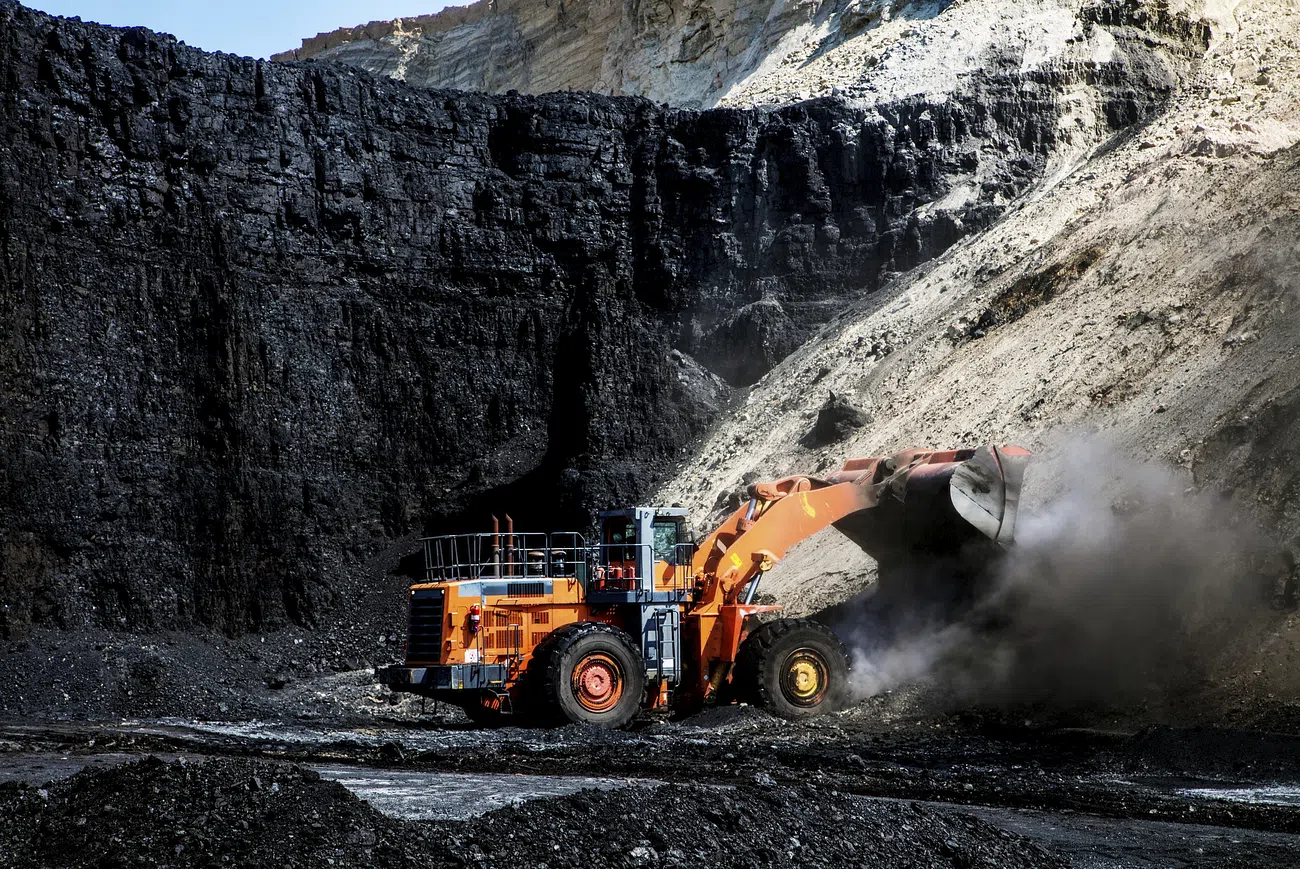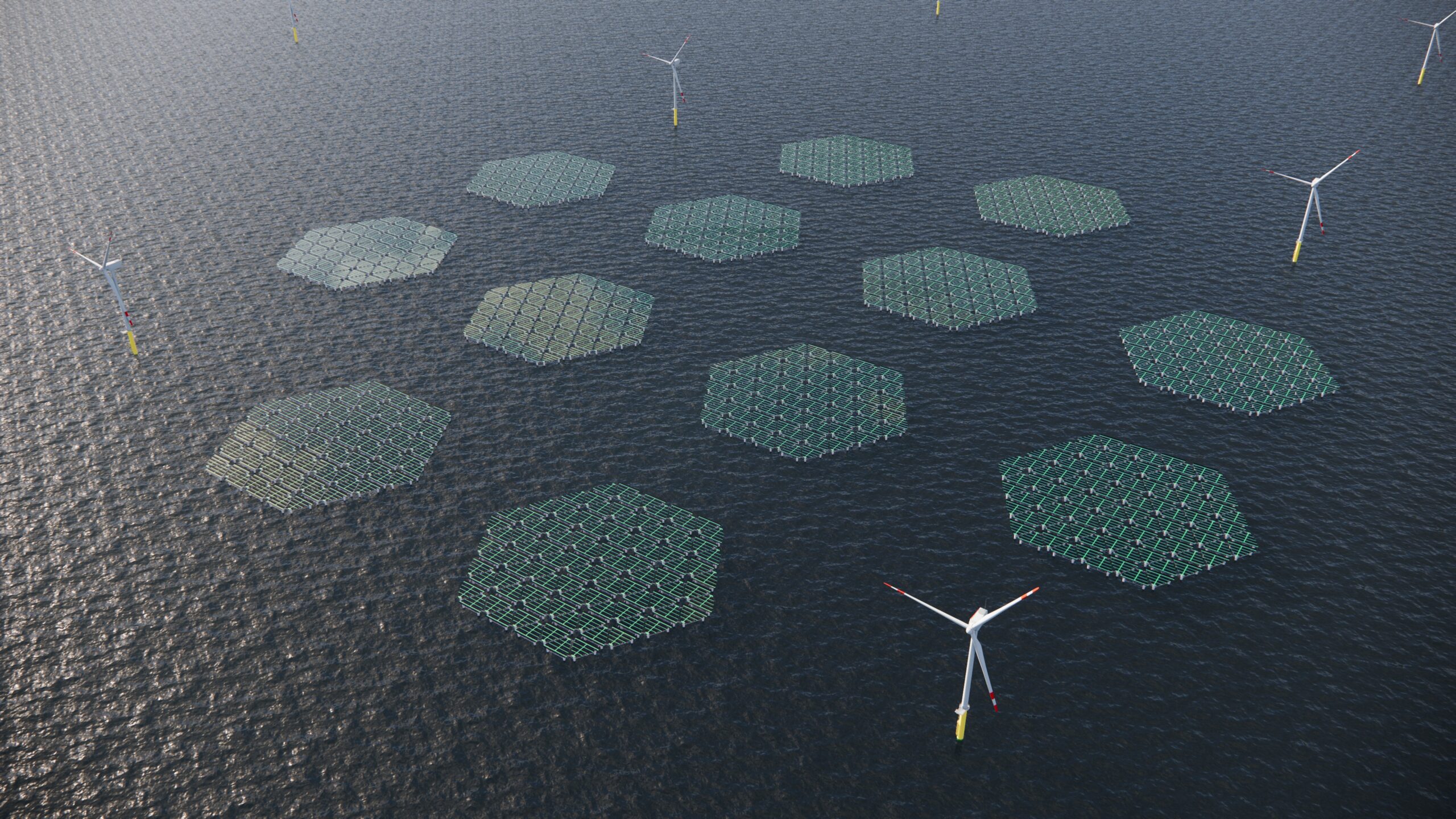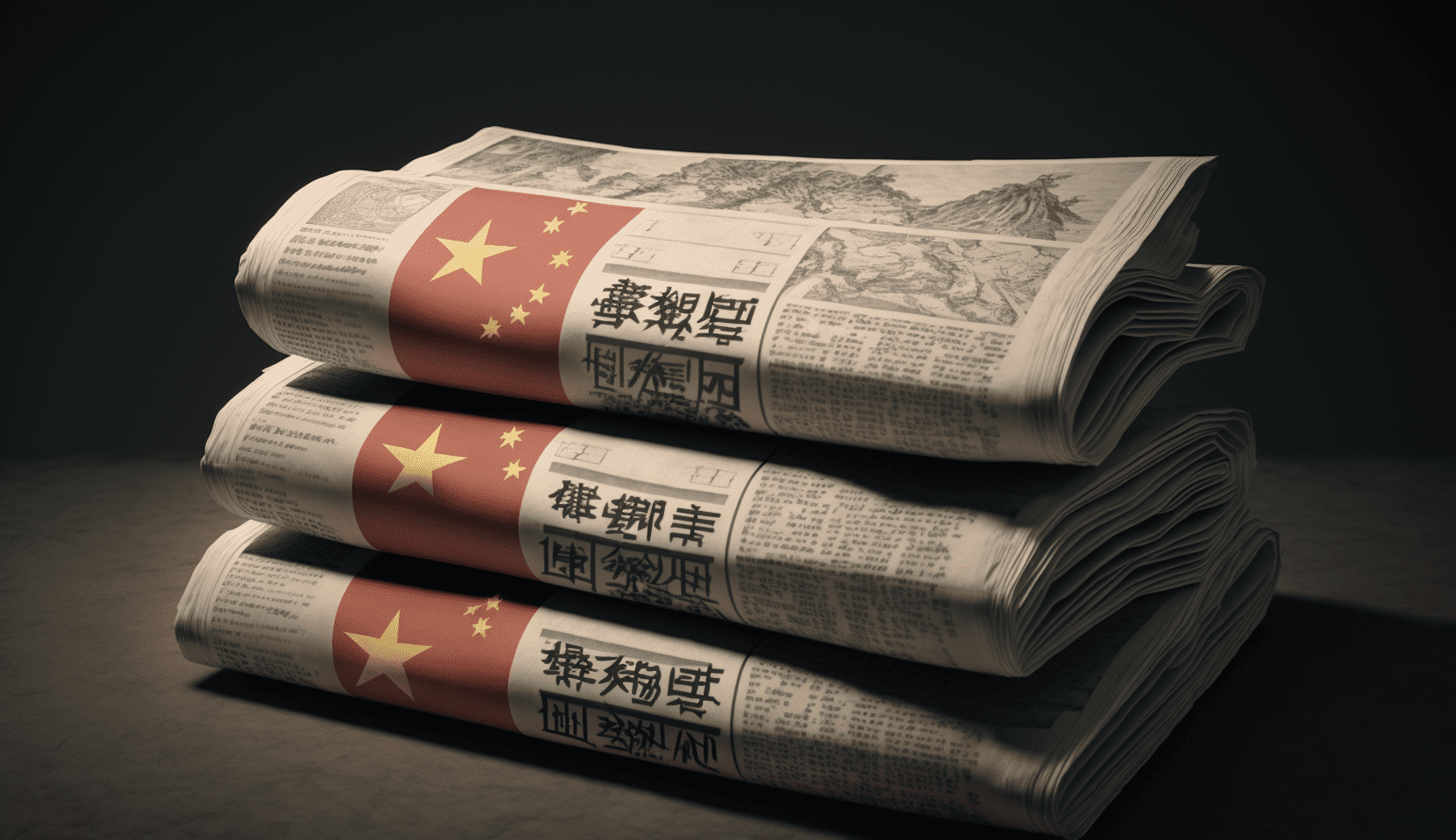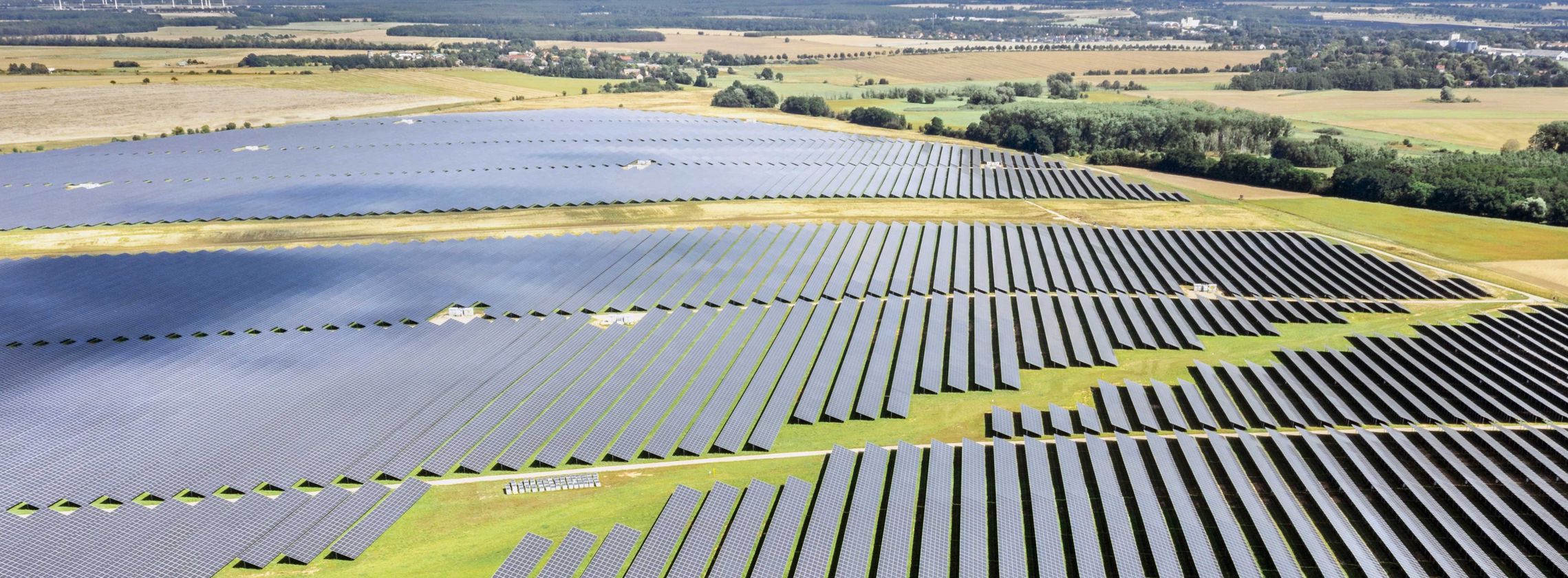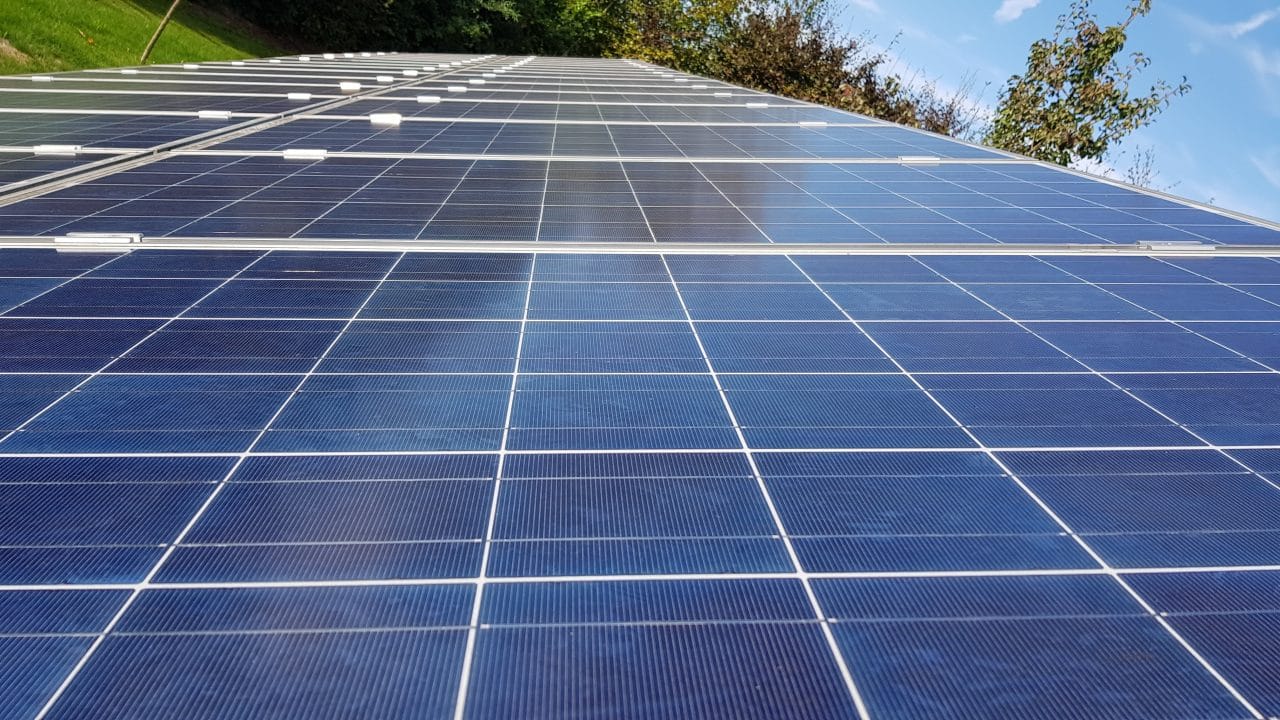
Chinese solar module prices have reached their lowest value ever, with the Chinese Module Marker (CMM) falling for a fourth consecutive week at $0.173 per W. The CMM saw an unprecedented 11.73% week-on-week plunge, marking the largest percentage drop in its history. The oversupply of modules, particularly in Europe, has contributed to the downward trend. China’s polysilicon prices have also dropped significantly, nearing the threshold of CNY60/kg. Industry experts predict module prices will continue to fall, with stabilization expected in the next quarter.
OPIS provided data for PV Magazine who reported on this. OPIS, a Dow Jones company, offers clarity in the energy market’s transition towards low-carbon and sustainable fuels, focusing on renewable feedstocks, carbon capture, recycled plastics, and solar panels
- Solar panel prices are once again declining after a small hiccup in 2022.
- The substantial investments in polysilicon production resulted in a temporary oversupply.
- It is expected that this will further accelerate the energy transition.
The European solar market
Europe has seen a significant increase in solar installations, with a record 46.1 GW installed in 2022. Despite this, warehouses owned by Chinese companies across Europe are filled with excess inventory, as approximately 85 GW of modules were shipped to the continent last year. The oversupply of modules has raised concerns among market players, as falling values and decreased shipments may result in further losses. Consequently, experts recommend selling excess modules to prevent further losses, as prices are expected to continue falling.
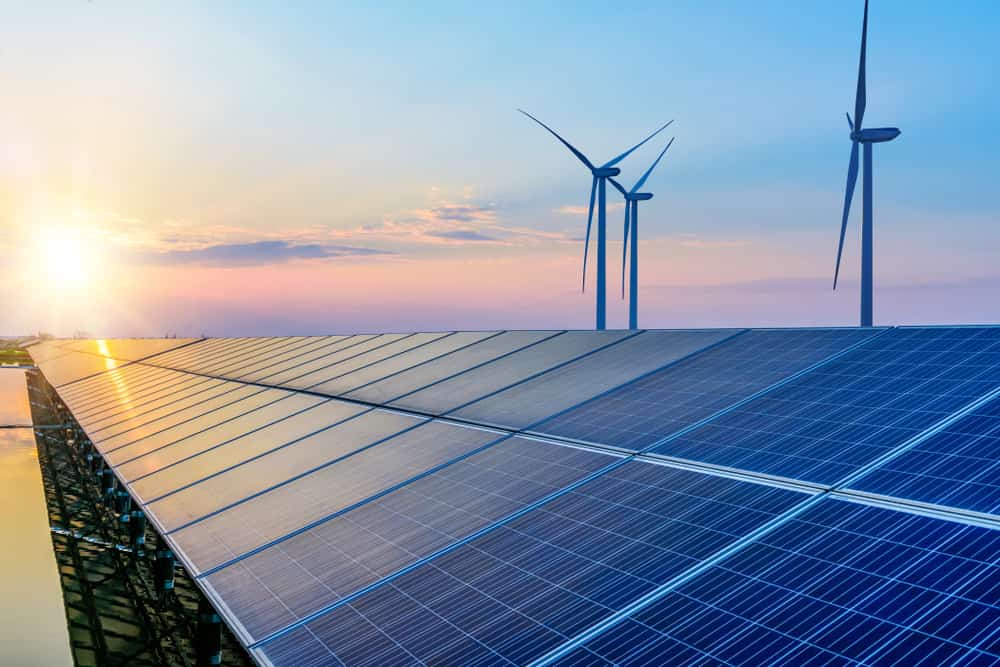
Competitive edge for Europe
The falling prices of Chinese solar modules could potentially benefit Europe, as the continent seeks to diversify its energy sources and reduce its reliance on Russian gas. Europe installed a record-breaking 41.4 gigawatts of photovoltaic power in 2022, a 47% increase compared to 2021. Although China currently dominates the solar industry, Europe aims to boost its solar power industry to achieve energy security, climate goals, and job creation. The EU has established the Solar Alliance to increase production capacity, promote investments, and establish a Made in Europe industry.
Global renewable energy growth
Wind and solar power supplied 12% of global electricity demand in 2022. Wind and solar accounted for 80% of the increase in electricity production, indicating their rapid growth. China contributed significantly to the growth of renewable energy sources, adding 50% of global wind power and 40% of new solar power in 2022. The International Energy Agency recommends reducing coal-fired power generation by 8.3% annually and gas-fired power plants by 3% between 2021 and 2030 to achieve net zero emissions by 2050.
Challenges and opportunities in the energy transition
Despite the growth of wind and solar power, there are still challenges and opportunities in the energy transition. The integration of renewable energy into the power grid, increasing grid flexibility, and designing the power market are critical factors to consider. Moreover, recycling solar panels is an essential aspect of the industry’s sustainability, with French startup ROSI developing a method to extract valuable elements such as silicon and silver from solar panels through pyrolysis and chemical processes. Europe sees sustainable innovation and recycling as means to enhance resilience and global competitiveness in the solar industry[.
The renaissance of the European PV industry
Improved solar economics, climate and renewable energy targets, market incentives, and increased demand from citizens and corporations are driving the resurgence of the European PV industry. Solar panel prices have dropped significantly, making solar an independent business case in most markets. Market incentives are shifting towards self-consumption and government tenders, supporting the growth of solar, and there is a growing awareness of climate change among individuals and corporations, leading to increased demand for solar installations.


